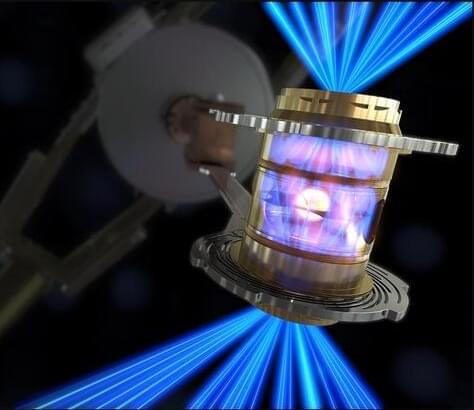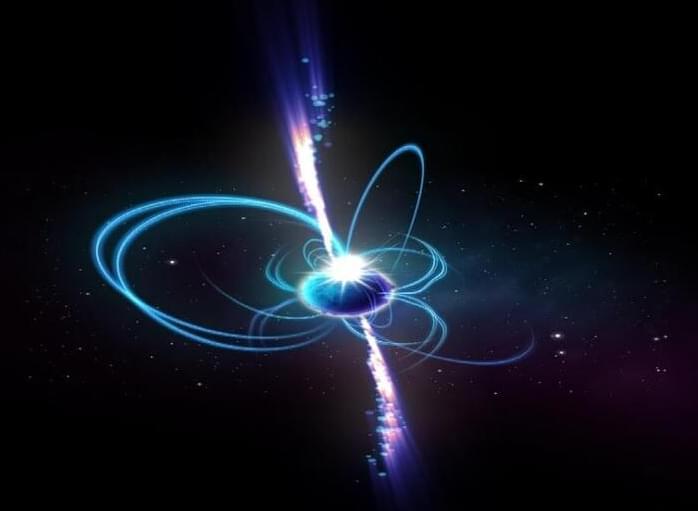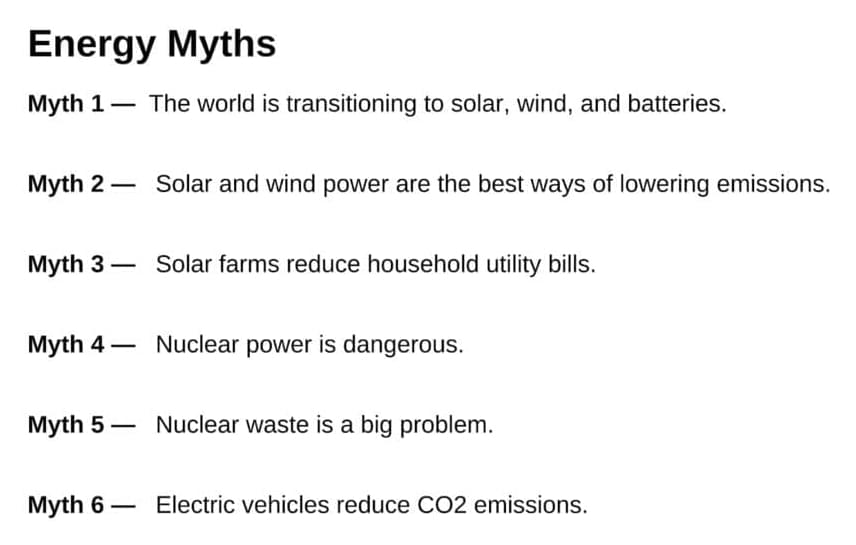As part of Conversations on the Quantum World, a webinar series hosted by the Caltech Science Exchange, Professor of Theoretical Physics Kathryn Zurek and Professor of Physics Rana Adhikari talk about one of the biggest mysteries in physics today: quantum gravity.
Quantum gravity refers to a set of theories attempting to unify the microscopic world of quantum physics with the macroscopic world of gravity and space itself. Zurek, a theorist, and Adhikari, an experimentalist, have teamed up with others to design a new tabletop-size experiment with the potential to detect signatures of quantum gravity.
In conversation with Caltech science writer Whitney Clavin, the scientists explain that at the microscopic, or quantum, level, matter, and energy are made up of discrete components; in other words, quantized. Many scientists believe that gravity is also quantized: if you magnify space itself enough, you should see discrete components. In this webinar, Zurek and Adhikari discuss why measuring quantum gravity is so difficult and how they plan to go about searching for its elusive signatures.







